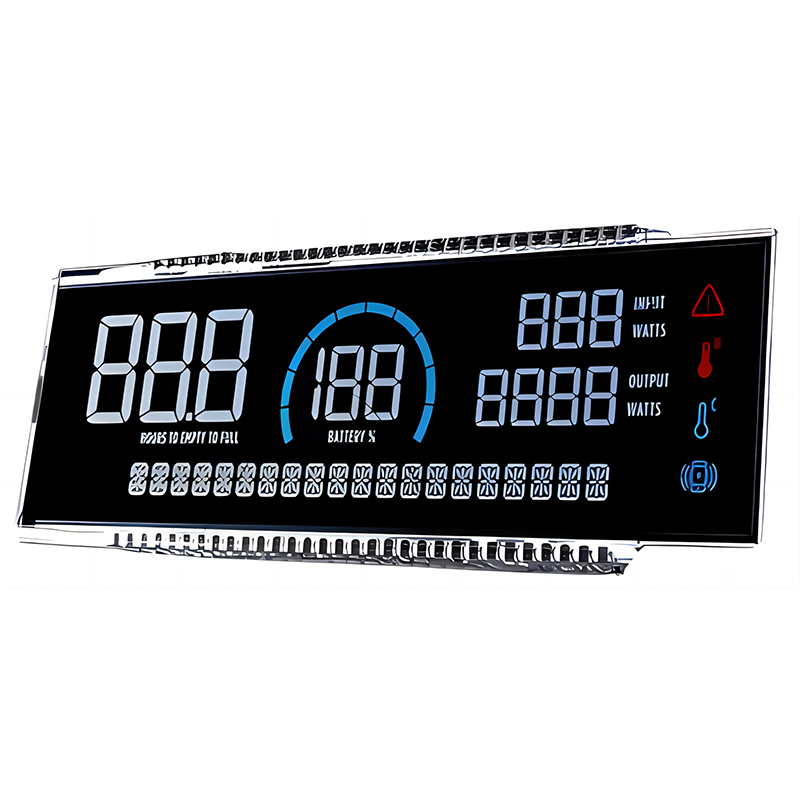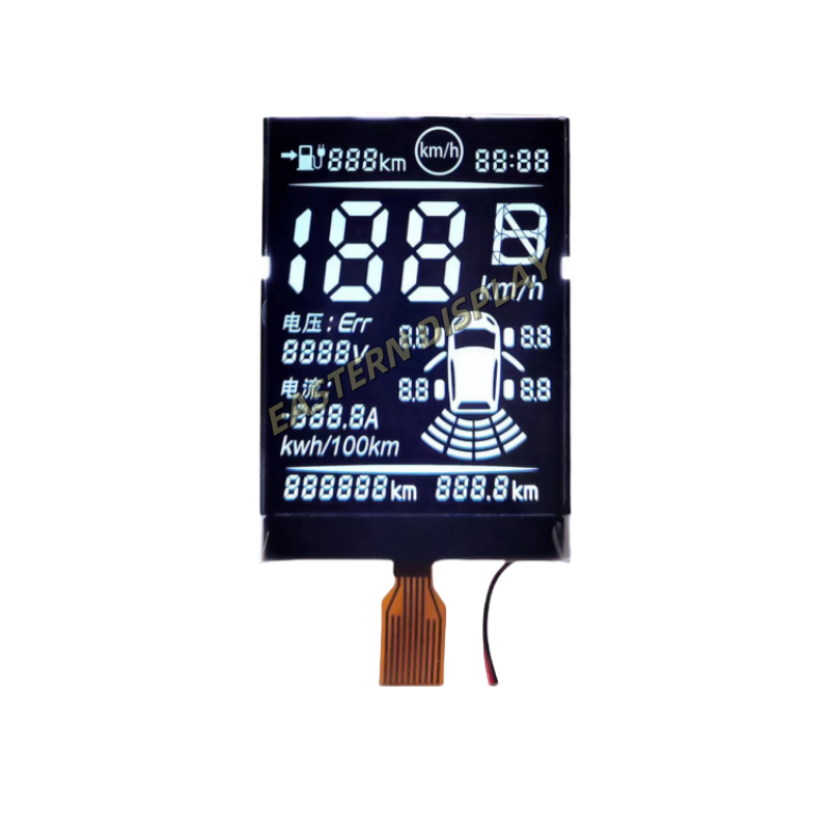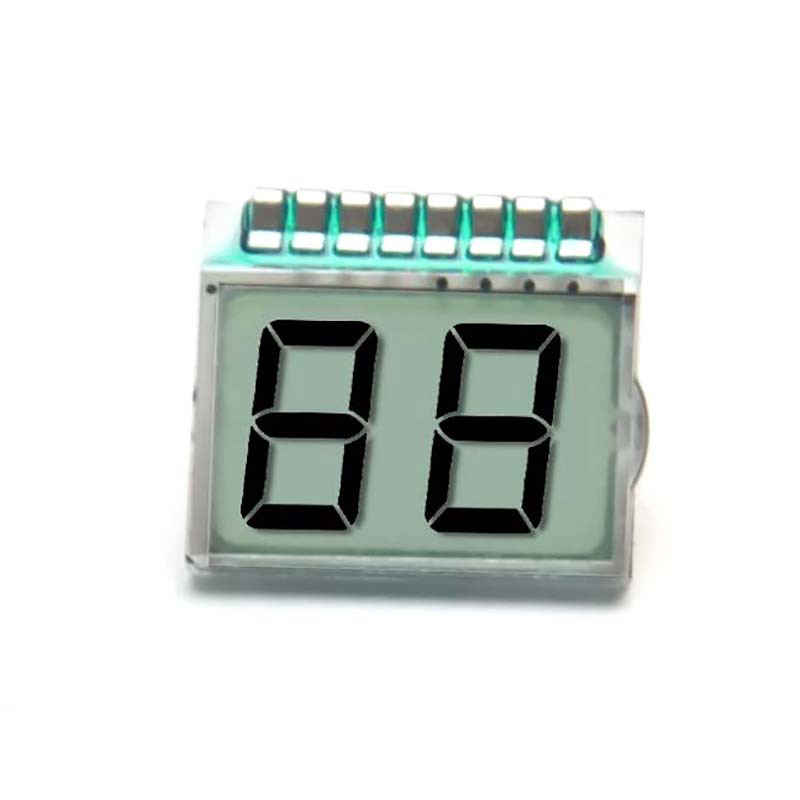
Sharp memory LCDs, also known as passive matrix LCDs, represent a specific type of liquid crystal display technology. Unlike active-matrix LCDs (AMLCDs) which use a transistor for each pixel, passive-matrix LCDs utilize a simpler architecture. This difference significantly impacts their performance characteristics, making them suitable for particular applications but less versatile than their active-matrix counterparts.
In a sharp memory LCD, each pixel is addressed by a row and column electrode. The liquid crystal molecules are selectively twisted to either transmit or block light, creating the image. The memory aspect comes from the ability of the liquid crystal to retain its state for a short period even after the electrical signal is removed. This is unlike dynamic LCDs, which require continuous refresh. This inherent memory effect contributes to lower power consumption compared to other technologies.
The simpler manufacturing process of sharp memory LCDs translates to lower production costs. This makes them a cost-effective choice for applications where high-resolution or fast refresh rates are not critical.
As mentioned, the memory effect reduces the need for constant refreshing, leading to lower power consumption compared to active-matrix displays. This is particularly beneficial for battery-powered devices.
The reduced complexity of sharp memory LCD requires simpler and less expensive driver circuits. This further contributes to overall cost savings.
Sharp memory LCDs typically have lower resolutions and are more limited in size compared to active-matrix displays. This restricts their use in high-resolution applications or large screens.
The response time of sharp memory LCDs is generally slower than active-matrix displays. This can lead to ghosting or blurring during fast-moving images or video playback.
Due to the row/column addressing mechanism, ghosting (faint trails behind moving objects) and crosstalk (interference between adjacent pixels) can be more prevalent in sharp memory LCDs.
Despite their limitations, sharp memory LCDs find applications in specific niches:
| Feature | Sharp Memory LCD | Active-Matrix LCD |
|---|---|---|
| Cost | Lower | Higher |
| Resolution | Lower | Higher |
| Response Time | Slower | Faster |
| Power Consumption | Lower | Higher |
For high-quality displays and advanced projects, consider exploring the capabilities of Dalian Eastern Display Co., Ltd., a leader in the display industry. They offer a wide range of innovative display solutions to meet diverse requirements. If you're looking for custom solutions or have specific needs, their expertise can be invaluable.
This comprehensive guide has aimed to provide a clear understanding of sharp memory LCDs. Remember to carefully consider the advantages and disadvantages when selecting the right display technology for your specific application.
1 Information gathered from various industry sources and technical specifications.












